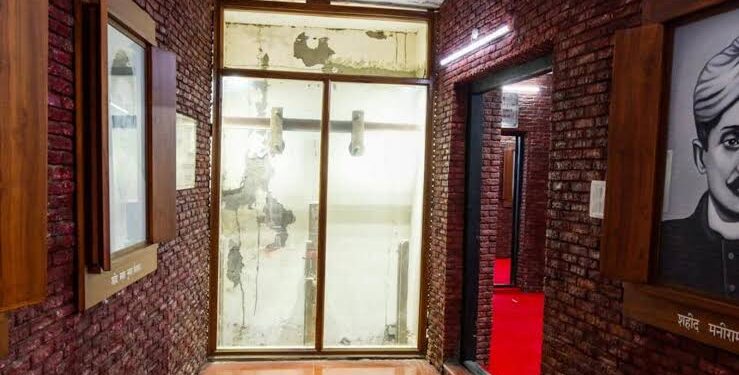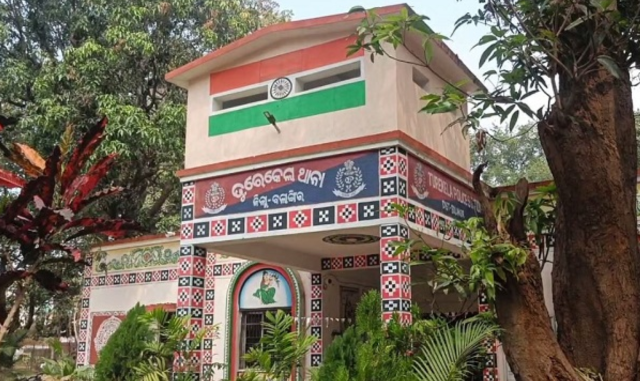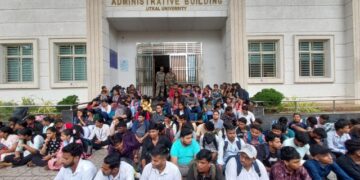The Delhi Assembly witnessed a heated debate on Tuesday over whether a section of its century-old building was once a gallows chamber for freedom fighters or merely a rope-operated lift room used for delivering tiffin boxes.
Speaker Vijender Gupta questioned the historical accuracy of the “fansi ghar” inaugurated in 2022 by then CM Arvind Kejriwal and Speaker Ram Niwas Goel to honour “unknown martyrs”. BJP leaders cited archival maps and records to claim it was a tiffin lift room, not an execution site, accusing the AAP government of misrepresenting history.
PWD Minister Parvesh Verma announced that the memorial’s materials would be removed and replaced to reflect its “true historical context”.
Adding an unusual twist, AAP MLA Jarnail Singh claimed ChatGPT backed their version of events, while BJP leaders dismissed AI tools as unreliable for historical verification.
AAP MLAs urged due process, while Leader of Opposition Atishi criticised the debate as a waste of Assembly time, arguing that pressing issues such as healthcare, housing, and education were being ignored.
The Delhi Assembly building, constructed in 1912, has hosted key legislative moments, including debates on the Rowlatt Act. The disputed room remains at the centre of a political and historical tug-of-war — between symbolism, memory, and archival evidence.





























